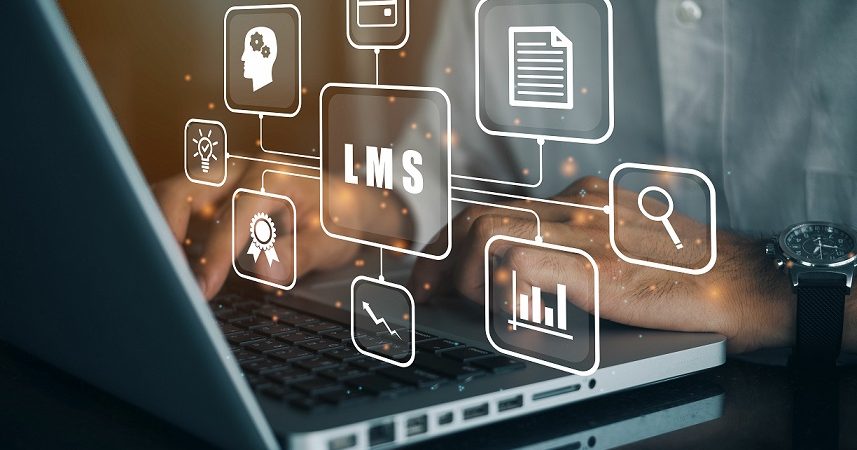Zyanya Bejarano, General Director for Latin America at Instructure explains that educators must implement technology as a study method to improve student results.

When the COVID-19 pandemic forced all educational institutions to accelerate their migration to the virtual learning environment, it also opened new opportunities for those that could compete with programs globally. The competition has gone beyond the municipal or national ambit and has become an international one.
The current educational landscape is increasingly challenging and represents an opportunity for universities to adopt changes that facilitate mobile learning and study abroad, making them more attractive to a larger group of national and international students.
In this regard, educators constantly have an obligation to scale teaching to a significant student base, requiring a new delivery method which means that technology can no longer be seen as a luxury but as fundamental to improving students’ results.
Technologies such as Learning Management Systems (LMS) not only help institutions reach more people but also enable them to change pedagogy through flexible, progressive delivery and a learning strategy focused on students, regardless of whether they are in New York, Mexico, Paris, Brazil or Beijing.
This year at Instructure, we conducted the Indicators of Higher Education Student Success and Engagement survey, where students and educators from all over the world participated providing some interesting data. For example, despite the limitations of infrastructure and Internet access, the use of virtual learning environments is higher in Latin America (40%) than in Europe, Middle East, Africa, EMEA (29%) or US and Canada (35%).
In addition, educational institutions in Latin America are more likely to use an LMS for communication (83%) and deliver classes (82%) than in other regions. 74% of LMS users in Latin America report frequently accessing courses through mobile apps compared to 61% in North America and 63% in EMEA.
Furthermore, the rapid adoption of technology in the classroom should raise a red flag for education leaders who urgently need to know what is necessary in an LMS. It also represents an opportunity to think laterally, question processes and generate new ideas or ways of working. There is where the magic happens or what, in technological jargon, we know as ‘Digital Transformation’.
But technology will not be enough in the new era of education. The top four academic factors driving student success, cited by students and administrators in the Instructure survey, are:
- Faculty quality (91%)
- Engaging content and teaching (90%)
- Available technology and practical classes (both 89%)
- The psychological well-being of students as a socioeconomic factor that significantly influences student success (92%)
Educational institutions need equal access to the resources and necessary training to deliver high-quality teaching and learning, from access to educational technology to opportunities for professional development. Strong government leadership is necessary to provide guidance and support to educators as they continue to navigate changes in the education industry.
Educators have faced a lot of work and challenges over the past two years, from transitioning to remote learning in less than two weeks to using new tools and ways of teaching. They had to live through the brunt of the rapid and radical change without the proper resources and training. Professional development will help educators preparing for the next change, whenever it happens.
Educational technology should not hinder or define the vision of an educational institution. On the contrary, technology must open doors to better teaching and learning experiences in an intuitive and accessible way. It must provide the space and tools to rethink teaching and learning, create possibilities for simple and effective engagement and elevate student success.
I have been fortunate to work with institutions around the world in the process of evaluating their LMS. The most successful are those who understand that LMS is a set of tools that help developing students’ strengths and accelerating their progress towards overall goals, whether improving learning outcomes, promoting innovative teaching, improving institutions’ retention goals or increasing enrollment revenue.
Institutions that have adopted Canvas LMS report that the solution saves them the cost, time, energy and stress of keeping LMS servers up-to-date, secure and reliable, while helping them achieve their Digital Transformation and pedagogical innovation goals. At the end of the day, I believe that educational technology is about making life easier for teachers, students and everyone who is part of the educational process and this is what Canvas does.
When it comes to preparing our future leaders, we want our educators in Latin America to prepare students to compete globally as easily as possible.
Click below to share this article

